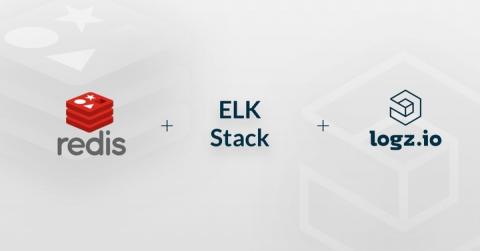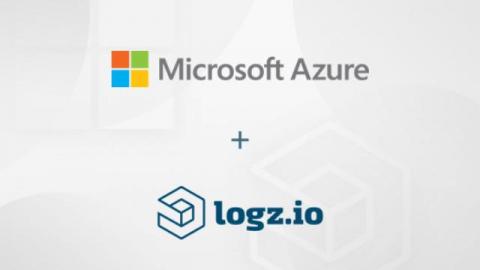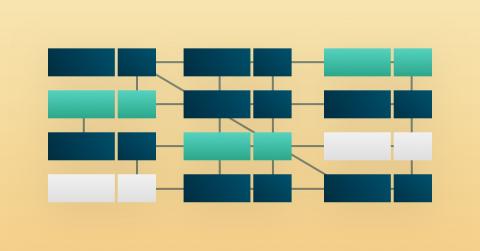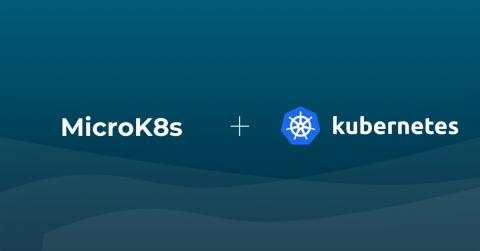Logging Redis with ELK and Logz.io
Redis is an extremely fast NoSQL data store. While it is used mainly as a cache, it can be applied to uses as diverse as graph representation and search. Client libraries are available in all of the major programming languages, and it is provided as a managed service by all of the top cloud service providers. For the past three years, Redis has been named the most loved database by the Stack Overflow Developer Survey.











